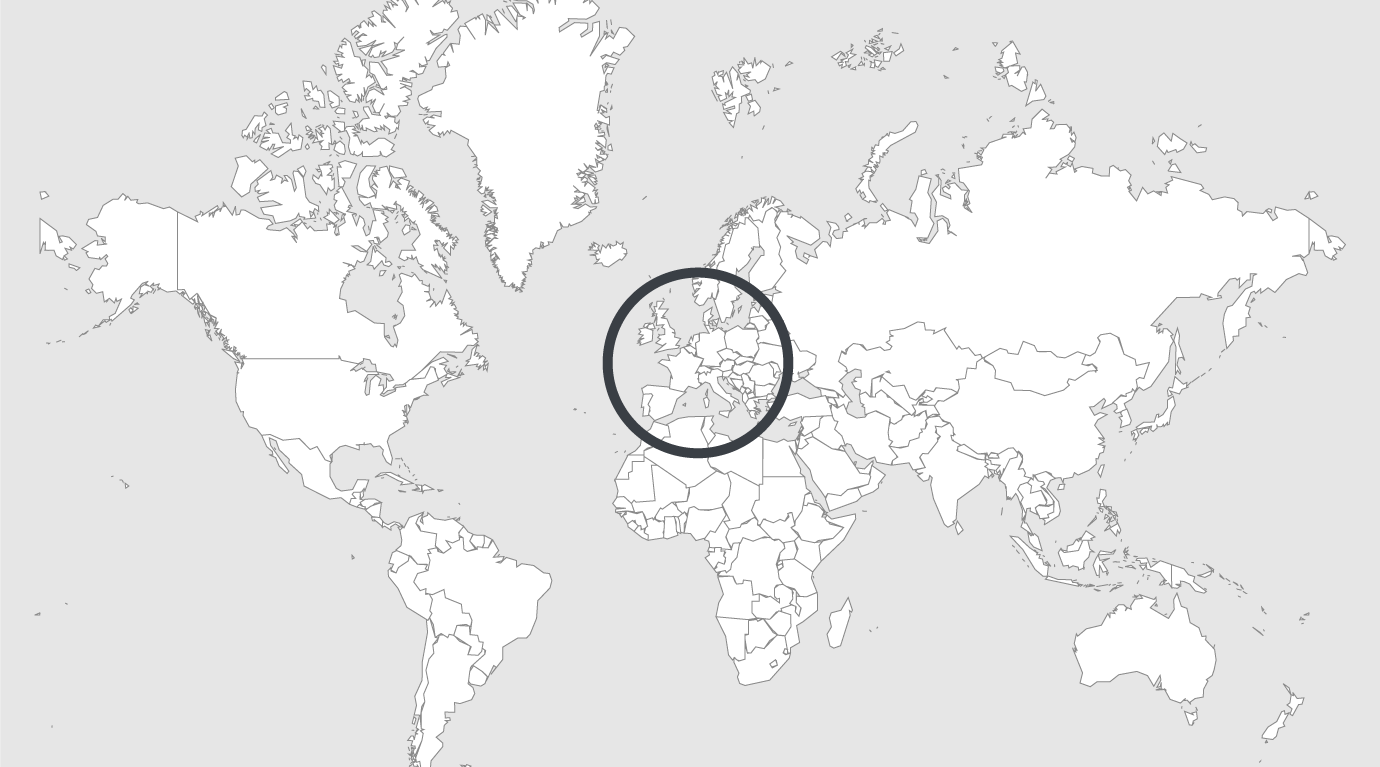
Explore
Life in romanian prisons before the country joined the EU
Some time after photographer Cosmin Bumbut started visiting a Romanian prison and documenting life there, the prisoners tried to put him at ease. “You can leave your camera anywhere – we’re murderers, not thieves,” he was told.
Bumbut is one of the few photographers who managed to work in a Romanian prison before the country joined the EU in 2007 – when circumstances in prisons were a lot different than they are now. Since Romania became a member, the European Court of Human Rights has fined the country for the inhumane conditions prisoners were living in.
Between 2005 and 2008, Bumbut visited Aiud prison, photographed the conditions there and the inmates’ daily life. He ended the project after one of the inmates he had been following was released and has since turned the pictures into a book called Bumbata.
I talked to Cosmin Bumbut about the period in his life when he decided to leave the world of fashion photography behind and make the move into photojournalism.
VICE: When you started this project, in 2005, you were one of the most famous fashion photographers in Romania – what made you decide to do a series on a prison?
Cosmin Bumbuț. At the time the spokesperson of the Romanian organisation for penitentiaries came across Tranzit – a photo book I had done earlier about Romanian trains. She called me out of the blue, said she liked the book very much and that she could offer me access to any Romanian prison if I wanted to photograph there. I thought that was a very interesting offer, and I soon decided I didn’t want to visit all prisons in the country, but document life in one of them.
So why did you decide on Aiud prison, in central Transylvania?
I visited three or four prisons and Aiud had a very vintage look, which I liked enormously. In the second week I stayed there I slowly got to know the inmates – little by little I got closer to them and they were more neutral towards me, like when they were working or reading in the library, or visiting the prison’s chapel.
How different was the situation in Romanian prisons before Romania joined the European Union?
When I was first in Aiud in 2005 inmates were still wearing khaki uniforms – except those who were serving life sentences; they wore orange uniforms. After Romania joined the EU they got rid of the uniforms and inmates were allowed to wear their own clothes.
Another thing is that, before they joined, the concept of conjugal visits didn’t exist in Romania. So there was no space where inmates could be intimate with their spouses. That changed. And I took some photos with inmates wearing handcuffs in 2005 and 2006. When I came back in 2008, I wasn’t allowed to take photos with handcuffs – new rules.
Read full article.
